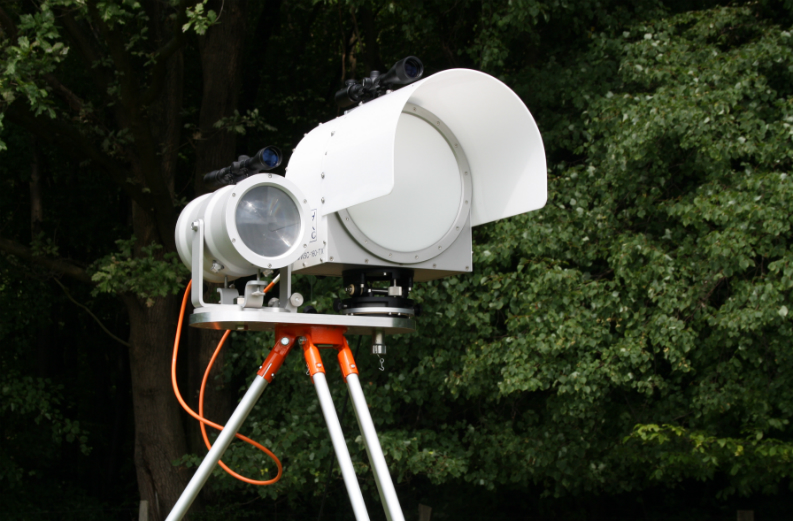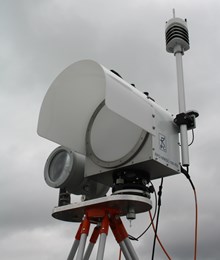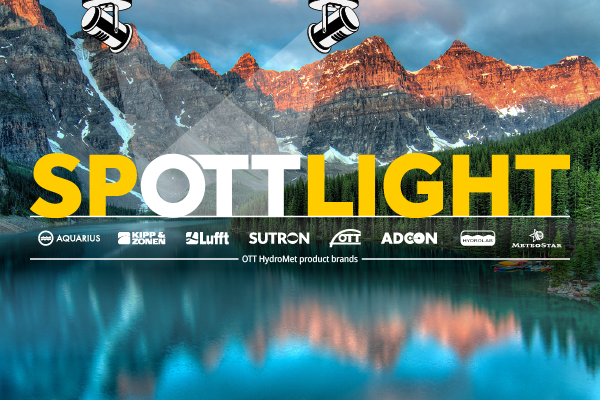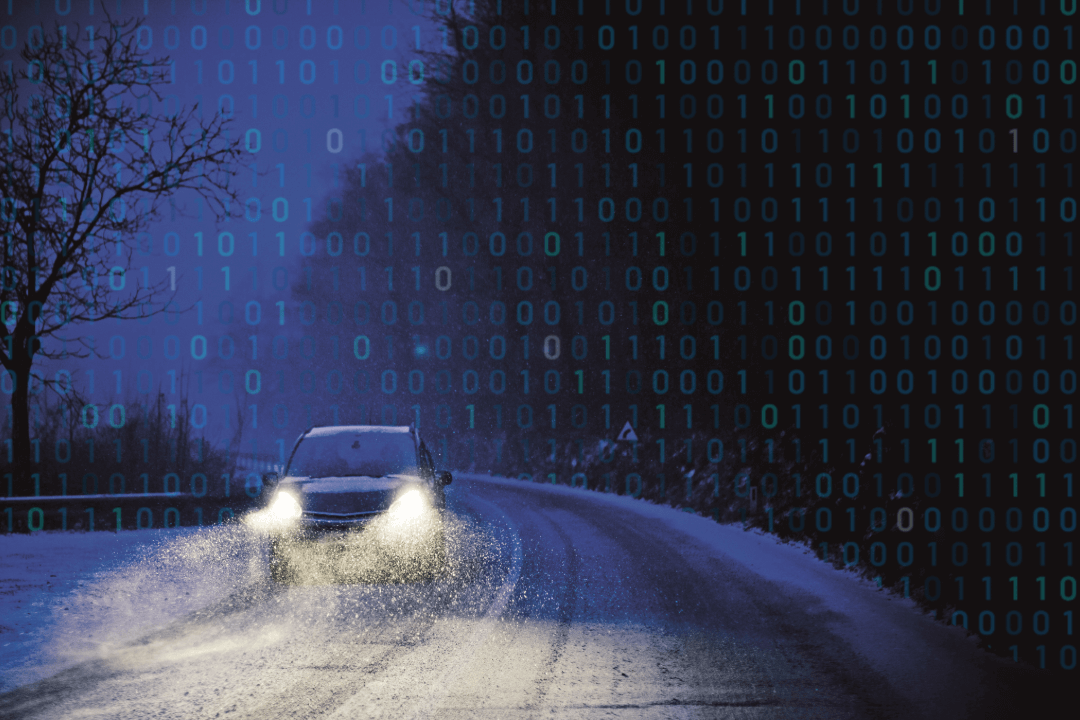Optical scintillometers, such as the LAS MkII from Kipp & Zonen, allow measurements of the transfer of heat between the Earth’s surface and the air above, called the sensible heat flux (H). But, this is just one component of the Earth’s energy balance. Incoming solar radiation heating the Earth’s surface, must be balanced by outgoing heat in the form of long-wave radiation, sensible heat and latent heat flux (LvE) to the atmosphere. Otherwise, we would continuously heat up.
The net radiation balance can be measured by the NR Lite2 or CNR4 net radiometers from Kipp & Zonen. The latent heat flux and evapotranspiration (ET) can be calculated from scintillometer measurements and a suite of other real-time meteorological data using our LAS MkII ET System. But, what about measuring the latent heat flux or evapotranspiration directly?
This would be ideal for studies in hydrology, irrigation, water scarcity and management in arid regions, agriculture, forest health, forest fire warning, weather forecasting, the radiation budget, and the Earth’s climate.
New instrument from Radiometer Physics GmbH
This can now be done using the RPG-MWSC-160 microwave scintillometer, a new instrument from Radiometer Physics GmbH (RPG) of Meckenheim, Germany. The transmitter projects a beam of 160 GHz radiation and the receiver has an aperture of 300 mm diameter. Both operate from 12 VDC (an AC supply is optional).
In combination with an optical Large Aperture Scintillometer, and an all-in-one weather station, this allows simultaneous path averaged measurements of latent and sensible heat flux within the atmospheric surface layer, on scales comparable to satellite measurements or atmospheric models.
The RPG-MWSC-160 prototype was developed by RPG and Wageningen University of the Netherlands within the OMS (Optical and Microwave Scintillation) project, with support from the Dutch STW technology foundation and uses hardware developments from space projects. The RPG-MWSC-160 was successfully tested in two extended field campaigns in Sonora (Mexico) and Lindenberg (Germany).
The RPG-MWSC-160 comes with a comprehensive operating software package and inbuilt computer. The LAS MkII receiver plugs directly into the RPG-MWSC-160 receiver, which collects analogue data from, and supplies power to the LAS. The transmitters are co-located at the end of the measurement path.
Data products are automatically stored
The software synchronously digitizes the microwave and optical raw signals. Complete data processing from raw signals to heat fluxes is performed in real time. All data products are automatically stored and can be continuously visualized when a suitable display is connected.
The advantages of the new system are:
- Rapid, direct measurements of the sensible heat and latent heat fluxes, plus the structure parameter Cn2 of the turbulent surface layer, all averaged over a source region, so no time averaging is needed and it is representative of a large area.
- No influence of the mounting structure on the measurements.
- Remote sensing technique allowing measurements over open water, swamps, or sensitive natural habitats without disturbance.
- Easy installation and self-contained system, only requiring power.
- Very little maintenance and no moving parts for enhanced reliability.
Please contact us through info@kippzonen.com for more information.
RPG Radiometer Physics GmbH is a Rohde & Schwarz (R&S) company with currently 50 employees. An advantage of the backup from R&S is the ability to mass produce products which are developed by RPG. RPG specializes in the development of radiometers for space and ground-based remote sensing in the millimeter, sub-mm and Terahertz regions.




